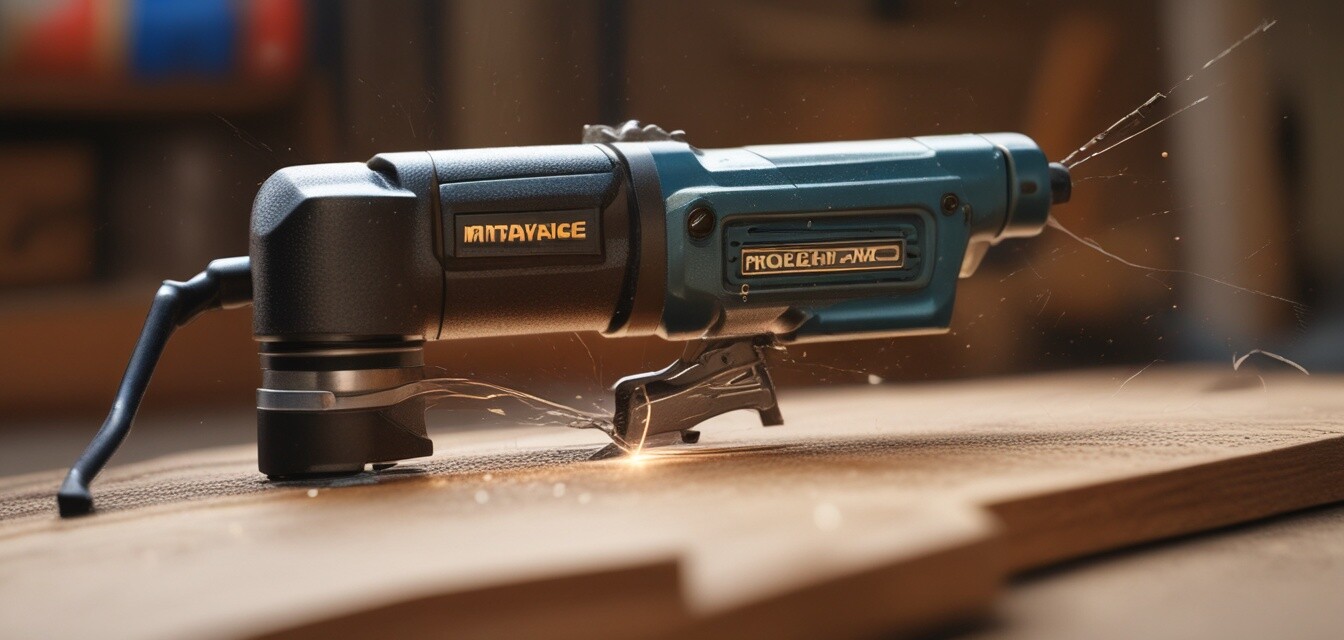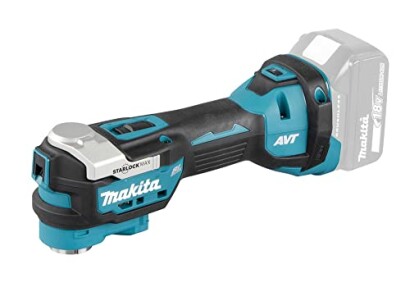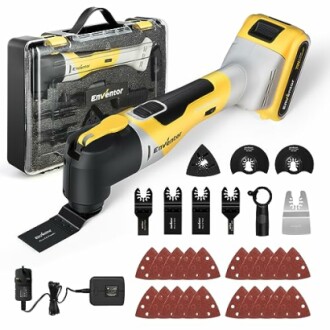
DIY Techniques for Using an Oscillating Multi-Tool
Key Takeaways
- Oscillating multi-tools are versatile and can handle various tasks such as cutting, sanding, scraping, and more.
- Understanding the oscillation angle and speed settings can improve your results on different materials.
- Maintenance and proper techniques reduce wear and extend the life of your tools.
- Always use appropriate safety gear when performing DIY tasks.
Oscillating multi-tools are among the most versatile tools you can own, offering capabilities that make them a favorite for many DIY enthusiasts. Whether you are cutting, sanding, or scraping, this tool can handle it all. In this guide, we will explore various DIY techniques to maximize your efficiency and effectiveness when using an oscillating multi-tool.
Understanding the Oscillating Multi-Tool
Before diving into the techniques, it's essential to understand what an oscillating multi-tool can do. The multi-tool can perform a wide range of tasks, thanks to the various attachments available. Here are a few popular products to consider:
Makita DTM52Z Li-ion LXT Brushless Multi-Tool
Featuring an oscillation angle of 3.6 degrees, this tool ensures faster cutting and sanding.
Learn MoreEssential Techniques for Using an Oscillating Multi-Tool
With your oscillating multi-tool ready, let's explore some essential techniques you can employ:
1. Cutting Material
- Choose the appropriate blade for the material you’re cutting—wood, metal, or tiles.
- Adjust the oscillating speed based on the material's density.
- Keep the tool steady and let the blade do the work to prevent stalling.
2. Sanding
- Use a sandpaper attachment that fits the tool for optimal results.
- Start with a coarse grit to remove material and finish with a fine grit for a smooth surface.
- Move the tool in a sweeping motion rather than pressing down hard to avoid damaging the surface.
3. Scraping
- Utilize a scraping blade to remove paint, adhesives, or other materials.
- Adjust the oscillation speed to control the aggressiveness of the scraping.
- Hold the tool at a slight angle for better control and efficiency.
4. Grouting
- Using a grout removal blade, set the oscillating tool to a slower speed for precision.
- Take your time to carefully remove old grout without damaging the surrounding tiles.
Pros
- Versatile for multiple tasks
- Easy to change blades and attachments
- Compact design for tight spaces
Cons
- Can be noisy during operation
- May cause vibrations if not held correctly
Top Oscillating Multi-Tool Recommendations
When selecting a multi-tool, consider performance, features, and reviews from other users. One notable alternative to the Makita model is:
Enventor Brushless Oscillating Multi-Tool
Equipped with a 20V brushless motor and six variable speeds for ultimate convenience.
Learn MoreMaintenance Tips for Your Oscillating Multi-Tool
To ensure the longevity of your multi-tool, follow these maintenance tips:
- Clean the tool after each use to prevent dust buildup.
- Regularly check for wear on blades and replace them as necessary.
- Store the tool in a dry place to avoid rust and corrosion.
Safety Precautions When Using an Oscillating Multi-Tool
Safety should always come first. Here are crucial safety tips:
- Wear protective eyewear and gloves to safeguard against debris and sharp edges.
- Ensure the area is clear of obstacles and other people before you start working.
- Don't rush your work; maintain control of the tool at all times.
Conclusion
By mastering the use of an oscillating multi-tool, you can tackle a variety of DIY tasks with confidence. Whether you're at the beginning of your DIY journey or looking to enhance your skills, applying the techniques and tips shared in this guide will set you on the right path. Happy DIYing!
Further Reading
For more tips on portable power tools and techniques, visit our other informative guides:


